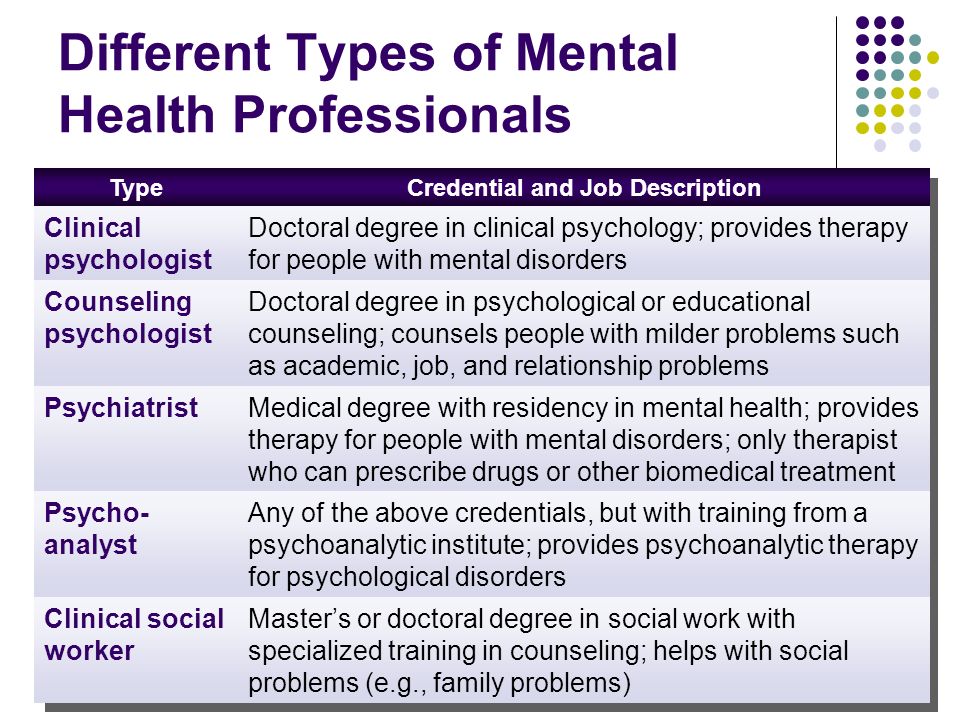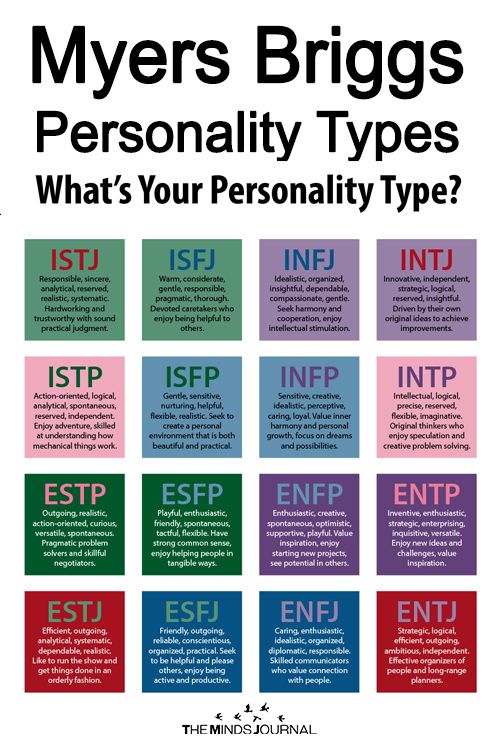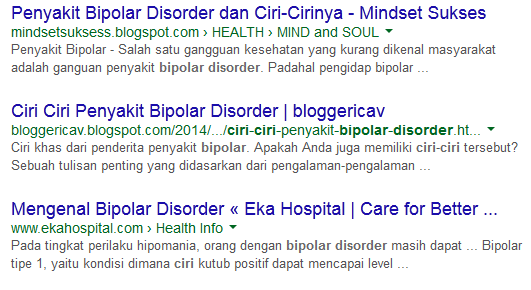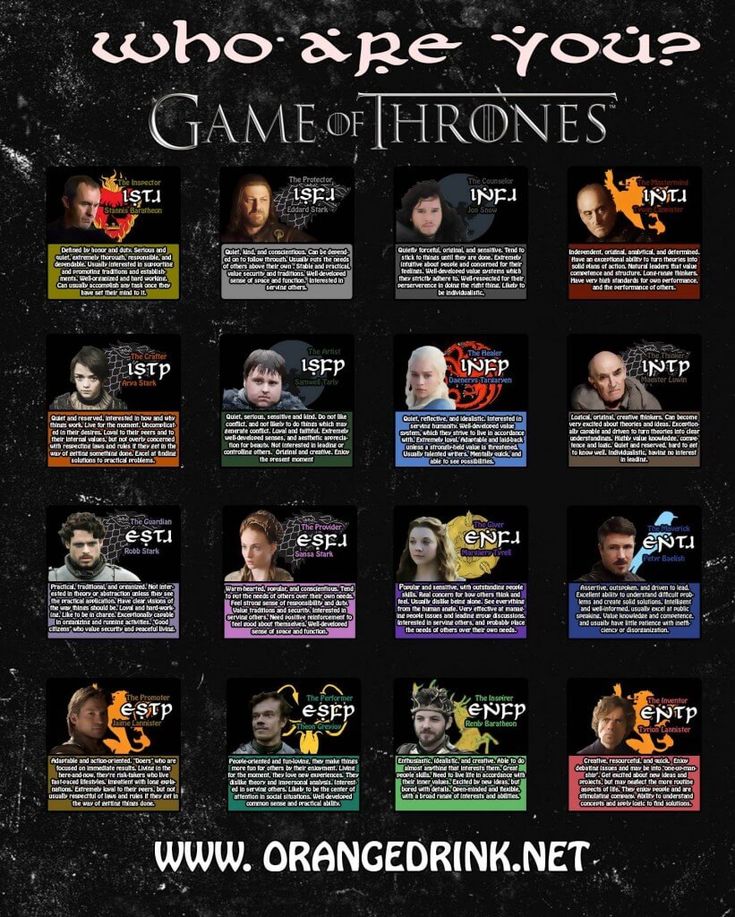Types of abnormality in psychology
8 Examples of Abnormal Psychology
Abnormal Psychology Disorders
- Anxiety Disorders
- Dissociative Disorders
- Mood Disorders
- Schizophrenia
- Personality Disorders
- Depressive Disorders
- Bipolar Disorders
- Obsessive-Compulsive and Related Disorders
An interesting aspect of abnormal psychology is how common some of these abnormalities actually are.
By definition, abnormal means deviating from the norm. And while this is true, it’s also true that tens of millions of people exhibit abnormal behaviors each and every day. And of those people whose behavior can be classified as abnormal, many of them have an identifiable mental disorder.
So this begs the question, what are some examples of abnormal psychology?
Abnormal Psychology Defined
Before we get to the examples of abnormal psychology, it’s necessary to clearly define abnormal psychology.
This field of psychology is the study of mental and emotional disorders that interfere with a person’s ability to carry out typical daily activities. We can consider these disorders – be they mental, emotional, or behavioral in nature – to be things that negatively impact a person’s life experience. As a result, the life experience of those around them can also be significantly affected.
Psychologists study the symptoms of these disorders as well as their causes. Likewise, abnormal psychologists strive to develop treatments for mental and behavioral disorders that fall under the realm of “abnormal.” These treatments can range from medication to therapy and many points in between.
Abnormalities arise for any number of reasons. A person might have experienced trauma as a child or in war. There might be a genetic component to the development of a mental disorder. Some abnormal behaviors arise as a result of chemical imbalances in the brain as well.
Whatever the cause of the impairment, the Diagnostic and Statistical Manual of Mental Disorders, Fifth Edition (DSM-V) outlines three broad criteria for describing abnormal behavior or psychological disorders.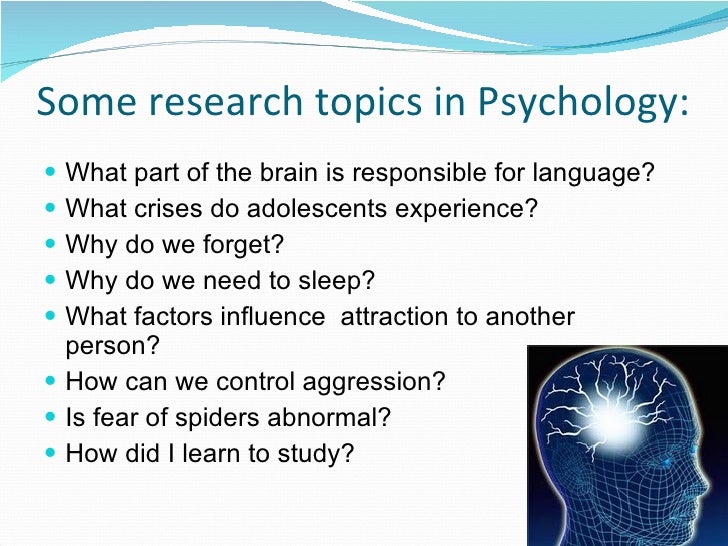 They include:
They include:
-
- Dysfunction – The individual’s behavior causes a disturbance in their ability to think, regulate emotion, or regulate behavior. This dysfunction might be psychological, biological, or developmental in nature that results in atypical behavior. For example, a person with agoraphobia might not leave their home for years. This is a breakdown in behavior. As another example, a person with schizophrenia might experience hallucinations, which is a breakdown in cognition.
- Distress or impairment – A person can experience psychological distress, physical distress, or both as a result of a mental disorder. But simply being distressed isn’t enough to meet this criterion. A person can be distressed after a loved one dies. This doesn’t mean the person is exhibiting abnormal behavior. Impairment is the key. A person that is distressed and impaired cannot function normally in specific aspects of their life.
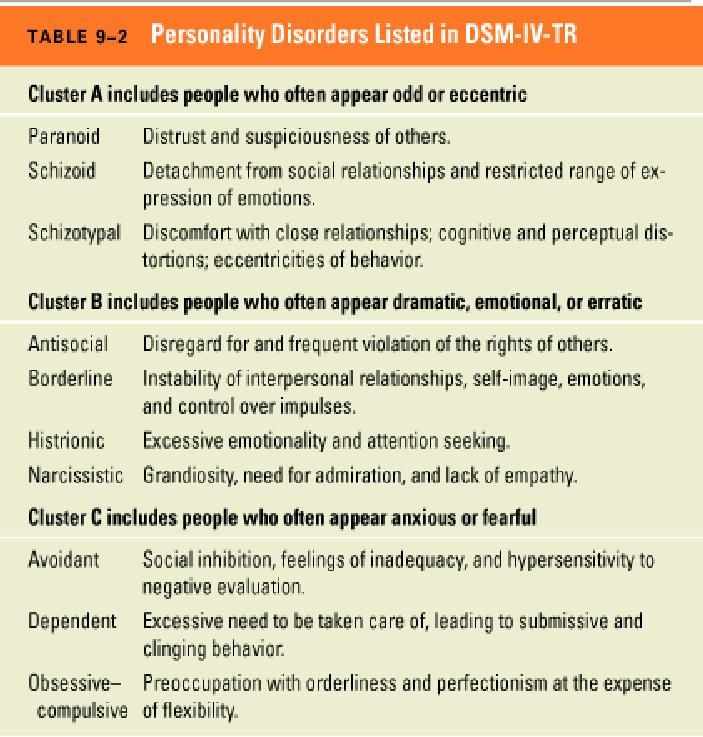 For example, a person that is distressed over the death of their dog who has stopped bathing and eating would be considered impaired.
For example, a person that is distressed over the death of their dog who has stopped bathing and eating would be considered impaired.
- Deviance – A third factor to consider about abnormal behavior is that it is deviant, or contrary to social norms. Of course, what is and is not part of social norms is fluid. For example, the first edition of the DSM listed homosexuality as a mental disorder. Today, it is far more socially accepted. It’s also important to note that “deviant” refers to a statistical measure – that the behavior deviates from the norm. In some cases, deviant behavior might actually be a positive trait. A high IQ is an example of this. Intellectual genius is not part of the norm, yet it is something that people view positively.
Many psychologists add danger to the list as well, even though it is not identified as a criterion in the DSM-V.
The danger component is important because a person with a mental disorder might pose a danger to themselves or to other people.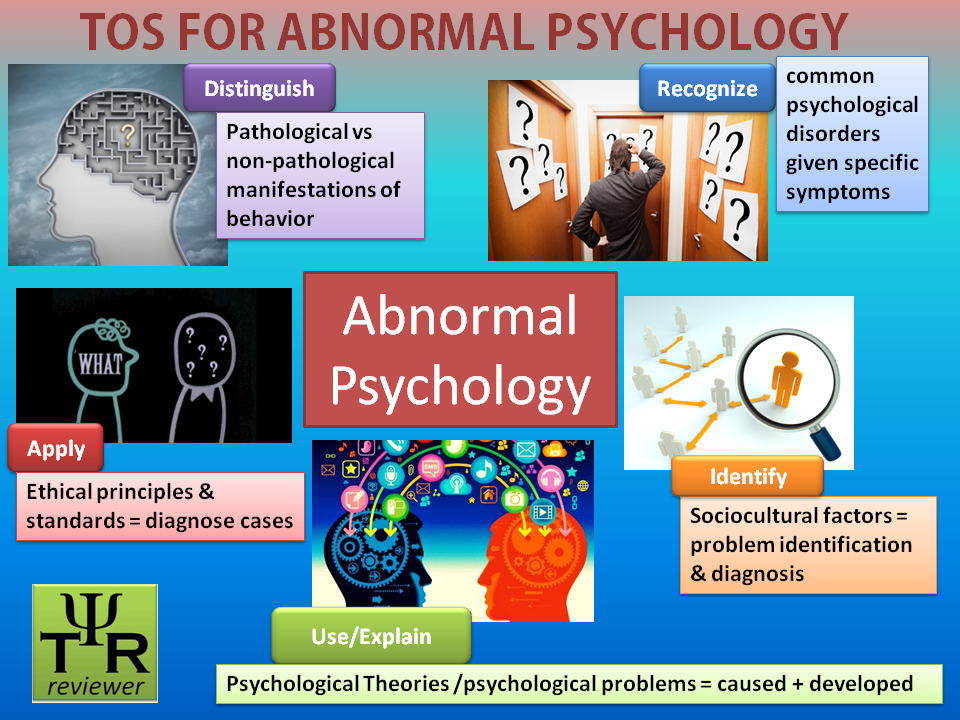 A person that is having suicidal ideation, for example, certainly poses a danger to themselves. Someone that is experiencing a paranoid episode might feel like someone is out to get them. In that situation, they could pose a danger to public safety.
A person that is having suicidal ideation, for example, certainly poses a danger to themselves. Someone that is experiencing a paranoid episode might feel like someone is out to get them. In that situation, they could pose a danger to public safety.
It is important to note that having a mental disorder does not make a person dangerous. Many people with a mental disorder pose no danger to themselves or anyone else. But, in rare cases, individuals can pose a threat.
Now that we understand the basic underpinnings of what makes something abnormal, we can look at some examples of abnormal psychology.
As you’ll see, abnormal psychology encompasses a wide range of behaviors.
Depressive Disorders
A major depressive episode is often described as the common cold of mental disorders. It is extremely common and people can experience it many times over the course of their lives.
Depressed individuals experience any number of common symptoms, including feelings of sadness, loss of interest in activities, digestive issues, chronic pain, and feelings of hopelessness.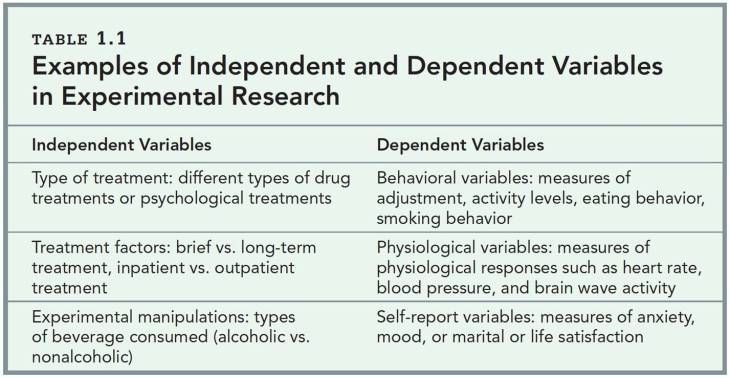 Fatigue, loss of appetite, excessive guilt, and indecisiveness are additional symptoms.
Fatigue, loss of appetite, excessive guilt, and indecisiveness are additional symptoms.
For diagnostic purposes, a person must experience five or more of these symptoms for a period of at least two weeks. Additionally, one of those symptoms must be either a depressed mood or loss of interest in activities.
There are other types of depression as well. For example, persistent depressive disorder occurs when a person is depressed for two years or longer. This type of depression shares many of the same symptoms as major depression, but those symptoms are less severe but longer-lasting.
Other depressive disorders include premenstrual dysphoric disorder and disruptive mood dysregulation disorder.
Bipolar Disorders
Bipolar disorder used to be categorized as a type of depressive disorder, but in the DSM-V, it is categorized separately.
People with bipolar disorder experience periods of depression that alternate with periods of mania, or extreme euphoria. There are several types of bipolar disorders, including:
- Bipolar I, in which a person has a manic episode.
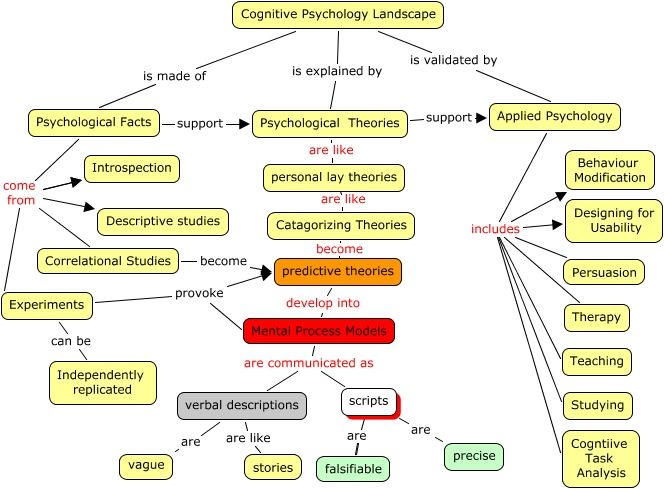
- Bipolar II, in which a person has manic and depressive episodes.
- Cyclothymic disorders, in which a person has manic and depressive episodes that are far less severe than those in Bipolar II.
As you can imagine, bipolar disorders are highly challenging because of the changes in mood.
Anxiety Disorders
Like depression, anxiety disorders are also quite common in the general population. These disorders go beyond feeling anxious, though. Instead, someone with an anxiety disorder experiences extreme feelings of worry and anxiety. There are high levels of fear as well.
There are many different types of anxiety disorders:
-
- Generalized Anxiety Disorder refers to a condition in which a person experiences constant fear, yet there might not be a specific, identifiable cause for their fear. An example might be a person that feels anxious, restless, and cannot concentrate, but they cannot articulate why they feel that way.
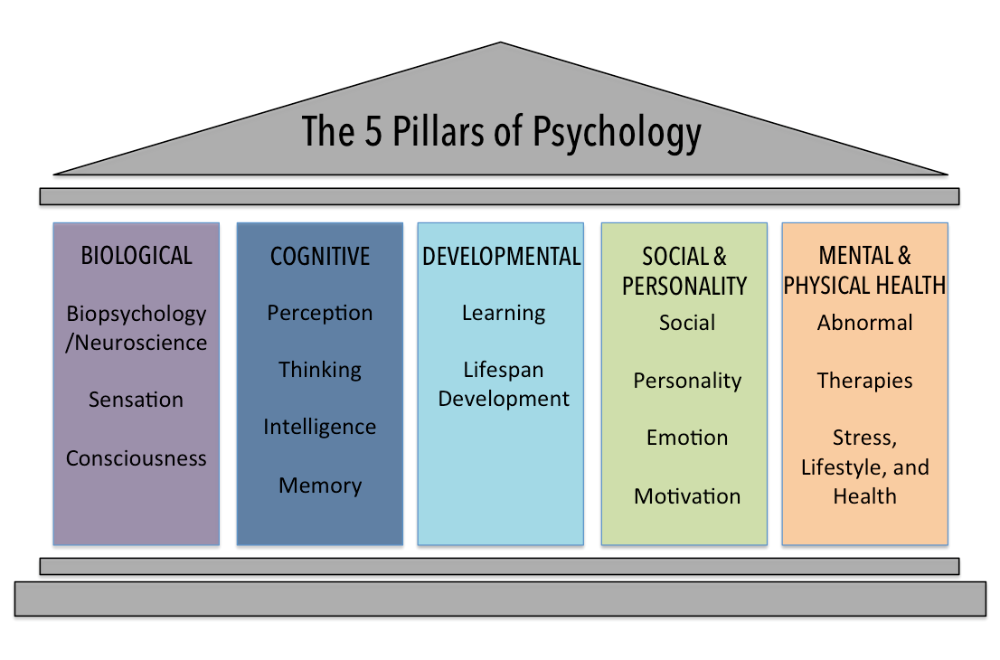
- Generalized Anxiety Disorder refers to a condition in which a person experiences constant fear, yet there might not be a specific, identifiable cause for their fear. An example might be a person that feels anxious, restless, and cannot concentrate, but they cannot articulate why they feel that way.
- Social Anxiety Disorder describes a situation in which a person experiences significant anxiety about being humiliated, rejected, or embarrassed in social situations. A common example of this is the fear of public speaking.
- Agoraphobia is a condition in which a person fears social situations because escape might be difficult or embarrassing. It can lead to extreme isolation and fear of common experiences like riding public transit or being outside alone.
- Specific Phobias are characterized by persistent and excessive fear or a specific situation, activity, or object. These fears range from dogs to needles to flying. People with phobias understand that their fear is excessive, yet they cannot overcome their fear.
- Panic Disorder involves recurring panic attacks. These attacks are severe and involve both psychological and physical distress.
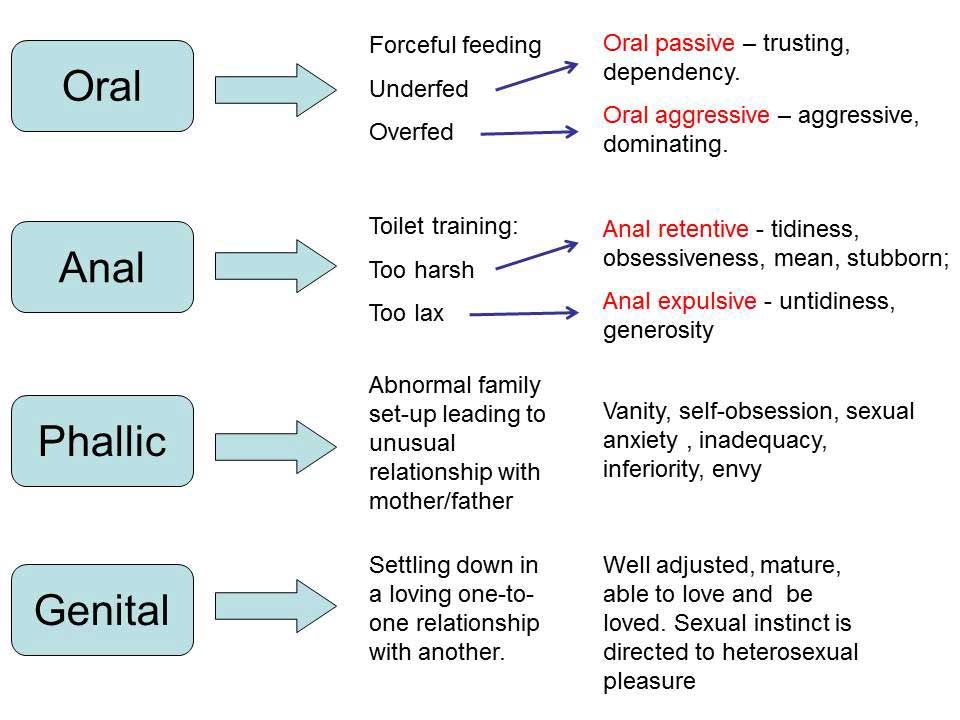 During these attacks, a person might experience heart palpitations, dizziness, sweating, shortness of breath, and nausea, among other symptoms.
During these attacks, a person might experience heart palpitations, dizziness, sweating, shortness of breath, and nausea, among other symptoms.
- Separation Anxiety Disorder is described as being overly anxious about separation from others. These fears are excessive for the person’s age and persist for weeks or months, depending on one’s age. As a result of separation anxiety disorder, people might not sleep, or when they do, they might have nightmares about separation.
- Selective Mutism is a childhood anxiety disorder that is characterized by the inability to speak in certain settings, like school, even though speaking in other situations, like at home, is not problematic.
Obsessive-Compulsive and Related Disorders
Closely related to the anxiety disorders are obsessive-compulsive and related disorders. In fact, obsessive-compulsive disorder was part of the anxiety disorders until the DSM-V classified them separately.
This disorder involves a cycle of obsessive thoughts that are followed by a compulsive action. The obsessions cause great worry, and that worry is relieved through compulsive behaviors. For example, a person with OCD might obsess about the cleanliness of their hands to the point of compulsively washing them dozens of times a day. Other common examples of OCD include:
- Counting
- Cleaning
- Nail-biting
- Checking (i.e., making sure the door is locked)
These behaviors must be time-consuming or cause clinically significant distress or impairment in a person’s functioning. So, a person that double-checks the door to make sure it’s locked would not be diagnosed with OCD. However, a person that spends an hour each morning repetitively checking to make sure the door is locked might be diagnosed with OCD.
In addition to obsessive-compulsive disorder, there are related disorders that share similar features and symptoms. This includes hoarding disorder, in which a person has persistent difficulty getting rid of objects, and excoriation disorder, in which a person compulsively picks at their skin. It also includes trichotillomania, or compulsive pulling of one’s hair, and body dysmorphic disorder, in which a person believes that a specific part of their body is severely flawed.
This includes hoarding disorder, in which a person has persistent difficulty getting rid of objects, and excoriation disorder, in which a person compulsively picks at their skin. It also includes trichotillomania, or compulsive pulling of one’s hair, and body dysmorphic disorder, in which a person believes that a specific part of their body is severely flawed.
Trauma and Stressor-Related Disorders
The most commonly known disorder in this category is post-traumatic stress disorder, or PTSD.
PTSD is characterized by a wide range of symptoms that arise from experiencing a traumatic event, either firsthand or one that was witnessed. These symptoms might include:
- Recurrent distressing dreams or memories
- Flashbacks
- Physiological reactions to stimuli that resemble aspects of the original trauma
- Avoidance of external reminders as well as feelings, memories, and thoughts of the trauma
- Persistent negative emotional state
People with PTSD are often prone to anger, aggression, and self-destructive behavior, as well as a host of other severe symptoms.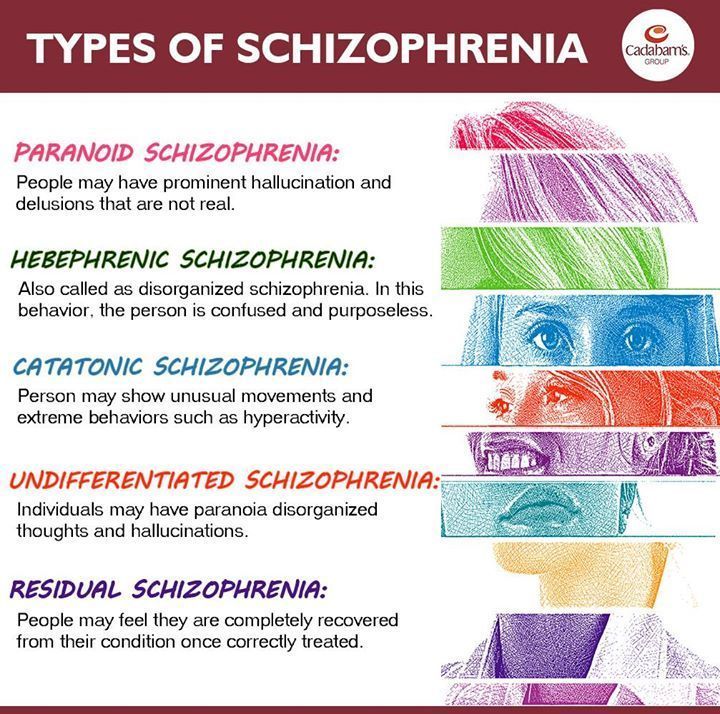
Other disorders in this category include acute stress disorder, reactive attachment disorder, adjustment disorder, and disinhibited social engagement disorder.
Dissociative Disorders
To dissociate is to separate from one’s self and surroundings. It might include interruptions in one’s memory, identity, or both.
There are many different kinds of dissociative disorders:
- Dissociative Identity Disorder involves the development of two or more distinct personalities that have unique ways of interacting with their environment.
- Dissociative Amnesia might be diagnosed when a person has a loss of memory, but there is no physical or medical cause.
- Depersonalization/Derealization Disorder involves the feeling of being outside of one’s own body and being disconnected from reality.
Other, less common dissociative disorders include Other Specified Dissociative Disorder and Unspecified Dissociative Disorder.
Schizophrenia Spectrum and Other Psychotic Disorders
Schizophrenia is a disorder marked by frequent and severe disruptions in daily mental and physical functioning.
Some forms of schizophrenia primarily involve positive symptoms or psychosis in the form of hallucinations and delusions. Other forms of schizophrenia primarily involve negative symptoms, such as lack of emotional expression or even long periods without physical activity. Additionally, symptoms include hallucinations, delusions, and disorganized speech depending on the type of schizophrenic episode.
To be diagnosed with schizophrenia, at least two of the symptoms listed above must be present for a period of at least six months. Furthermore, one of the symptoms must be hallucinations, delusions, or disorganized speech.
Related disorders include:
- Schizophreniform Disorder, which is characterized by a period of psychotic symptoms that have lasted at least one month, but less than six months.
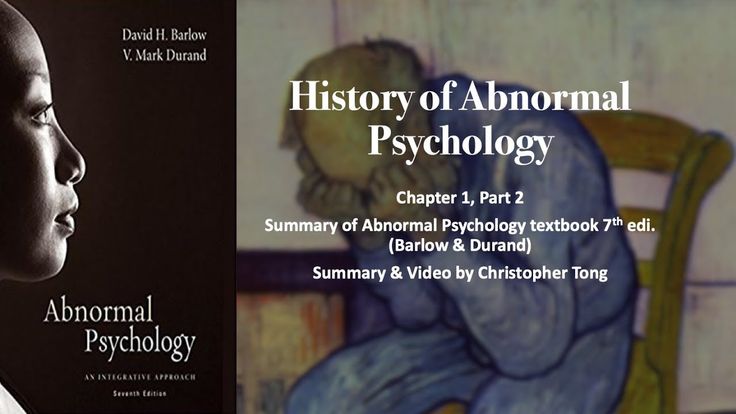
- Schizoaffective Disorder, which involves psychotic symptoms as well as depression or bipolar disorder.
Less common schizophrenic spectrum disorders include Delusional Disorder, Brief Psychotic Disorder, Psychotic Disorder Due to Another Medical Condition, Substance/Medication-Induced Psychotic Disorder, and Unspecified Schizophrenia Spectrum and Other Psychotic Disorder.
Personality Disorders
Finally, personality disorders encompass various ways of behaving, thinking, and feeling that is a deviation from expectations of normal behavior. They are conditions that last for a long period of time and can cause significant distress and difficulty in daily functioning.
There are 10 different types of personality disorders:
-
- Antisocial Personality Disorder is characterized by a pattern of disregarding others. Symptoms include impulsivity, deception and lying, and violating social norms.
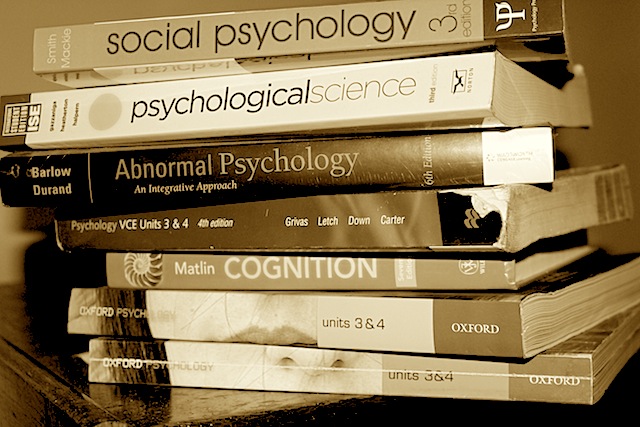
- Antisocial Personality Disorder is characterized by a pattern of disregarding others. Symptoms include impulsivity, deception and lying, and violating social norms.
- Avoidant Personality Disorder involves deep-seated feelings of shyness and inadequacy. People with this disorder are extremely sensitive to criticism and might be unwilling to form relationships unless they are certain the other person will like them. There is often a preoccupation with criticism and rejection and strong feelings of not being good enough.
- Borderline Personality Disorder is a pattern of unstable relationships, poor self-image, and impulsivity. People with borderline personality disorder often experience intense emotions, have intense and inappropriate levels of anger, and might have long-term feelings of emptiness.
- Dependent Personality Disorder is characterized by clingy and submissive behavior. Making independent decisions might be difficult without reassurance from others. When alone, people with this disorder might feel uncomfortable and helpless or even fear for their ability to care for themselves.
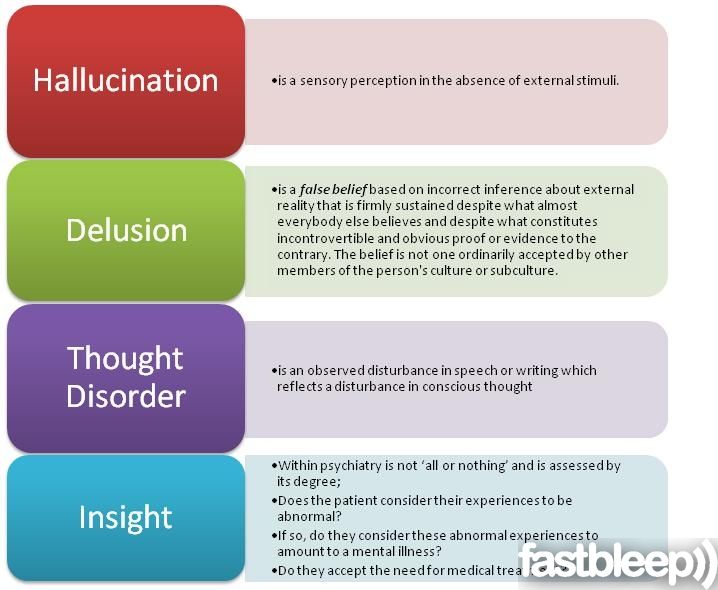
- Histrionic Personality Disorder involves attention-seeking behaviors and excessive emotional displays that rapidly shift from one emotion to another. This disorder can also cause people to seek attention for themselves by using their physical appearance.
- Narcissistic Personality Disorder is a pattern of a lack of empathy for other people while also have an extreme desire for others to admire you. Typically, people with this disorder take advantage of others, show a sense of entitlement, and have an exaggerated sense of self-importance.
- Obsessive-Compulsive Personality Disorder is different from obsessive-compulsive disorder. This personality disorder involves a pattern of behavior that is characterized by the need for control, orderliness, and perfection. There is a particular focus on minute details and scheduling, and there might be a lack of flexibility in personal values or morals as well.
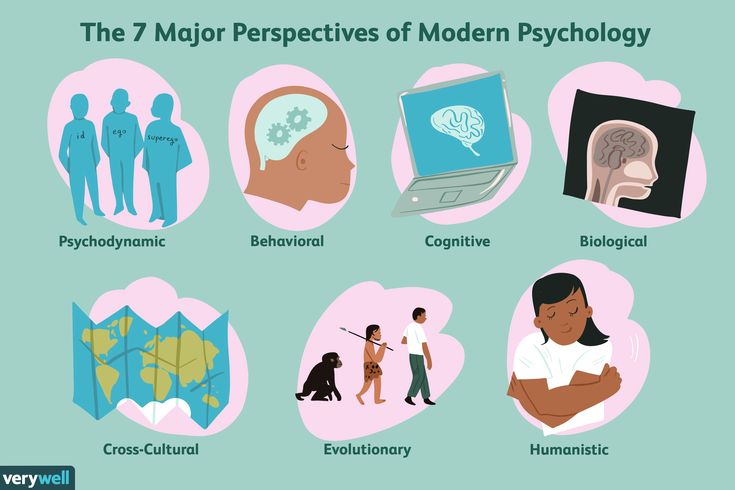
-
- Paranoid Personality Disorder might be diagnosed if a person displays a continuing pattern of suspicion towards other people. Individuals with this disorder might view others as being mean and assume that others will deceive them or harm them in some way.
- Schizoid Personality Disorder is characterized by social detachments. People with this disorder express little emotion and typically do not seek out close relationships. They often choose to be alone and usually do not put any stock in what others have to say about them, be it positive or negative.
- Schizotypal Personality Disorder impacts a person’s ability to form close relationships. People with this disorder show a pattern of distorted thinking and eccentric behavior. They might also display strange behaviors, have unusual beliefs, or have excessive social anxiety.
It’s important to keep in mind that people under 18 are not diagnosed with personality disorders because their personality is developing.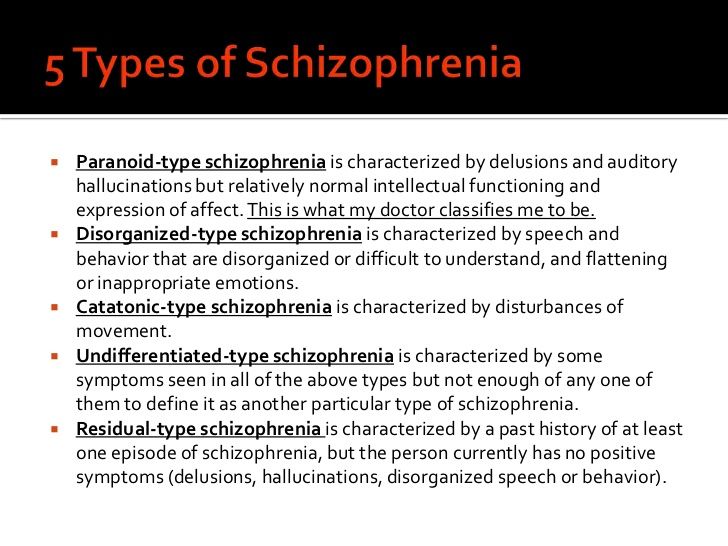 It’s also worthy of noting that a person can have more than one personality disorder.
It’s also worthy of noting that a person can have more than one personality disorder.
Though personality disorders can be quite serious, they can also be less intrusive to everyday functioning than some of the other types of abnormal psychology on this list. They interfere mostly with a person’s ability to form and maintain healthy interpersonal relationships as opposed to significantly inhibiting their ability to function.
These disorders can all be scary and unpleasant for those suffering the symptoms, as well as people close to them. Fortunately, all can be manageable with a commitment to seeking treatment. Some people can recover on their own after a brief period of treatment. Others require ongoing and consistent treatment. However, it is possible for most people to live healthy and productive lives with a mental disorder.
Sean Jackson
B.A. Social Studies Education | University of Wyoming
M.S. Counseling | University of Wyoming
B. S. Information Technology | University of Massachusetts
S. Information Technology | University of Massachusetts
Updated April 2021
Related:
- 5 Best Ph.D. Industrial and Organizational Psychology Online Programs
- 10 Things to Know About the Psychology of Depression
- 5 Natural Treatments for Anxiety Disorders
Abnormal Behavior: Definition, Types & Causes
Did you have an imaginary friend when you were young? Maybe you named your favorite blanket Frank. Frank went everywhere with you and you called him your best friend. But by a certain age, you realized an inanimate object can't be your best friend unless, of course, you're Tom Hanks in the movie "Cast Away". But what if you hear of someone who had a best friend, a blanket named Frank when they were 30 years old? Would this be considered abnormal behavior at this age? Why?
- What is the abnormal behavior definition?
- What are the types of abnormal behavior?
- What are the causes of abnormal behavior?
- What are the symptoms of abnormal behavior?
- What is abnormal behavior for a toddler?
According to the World Health Organization (2022), a psychological disorder is a "clinically significant disturbance in an individual's cognition, emotional regulation, or behavior.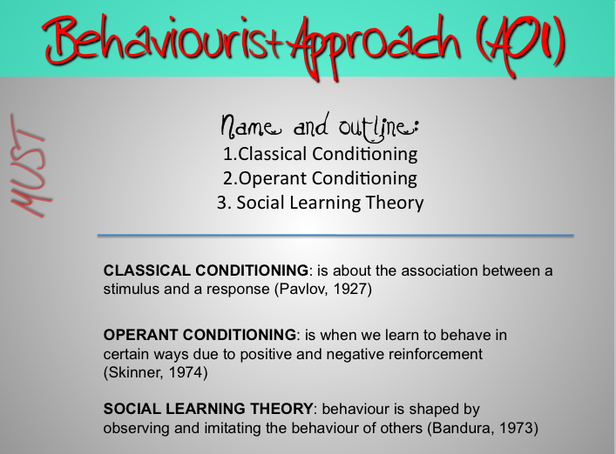 " In this article, we will focus on the behavior part of this definition. The term abnormal behavior can be difficult to define. We have several ways to describe abnormal behavior, such as "insanity, madness, lunacy, or emotionally disturbed" to name a few. But, psychologists haven't been able to lock down one single definition of abnormal behavior that's universally accepted. The very general definition of abnormal behavior that we will use for this article is as follows:
" In this article, we will focus on the behavior part of this definition. The term abnormal behavior can be difficult to define. We have several ways to describe abnormal behavior, such as "insanity, madness, lunacy, or emotionally disturbed" to name a few. But, psychologists haven't been able to lock down one single definition of abnormal behavior that's universally accepted. The very general definition of abnormal behavior that we will use for this article is as follows:
Abnormal behavior refers to dysfunctional and socially deviant behaviors that cause personal distress and can be potentially harmful to the self or others.
The abnormal behavior definition can be subjective and heavily depend on cultural influences. Something that is abnormal behavior in one culture may not be abnormal in others. Society is also ever-changing. A type of behavior may have been perfectly acceptable hundreds of years ago that is not acceptable today.
Types of Abnormal Behavior
Now let's break down the types of abnormal behavior that are used in our definition -- distress, dysfunctional and deviant.
Deviant Abnormal Behavior
Deviant abnormal behavior is a type of behavior that is outside what is normal according to society.
Every time Hallie left the house she had to leave, lock the door and repeat 5 times before she can actually make her way to school. Normal social behavior would be to lock it once and go on your way. Maybe twice if you think you forgot to lock it. But going back 5 times every time would be considered deviant abnormal behavior.
Behaviors that fall under this type of abnormal behavior can vary depending on a person's culture. A behavior that's deviant in one culture may be perfectly normal in another.
Distressed Abnormal Behavior
Distressed abnormal behavior is abnormal behavior that causes a person to be upset, anxious, or distraught. This type of abnormal behavior depends on how a person feels and how they report their emotional state of mind.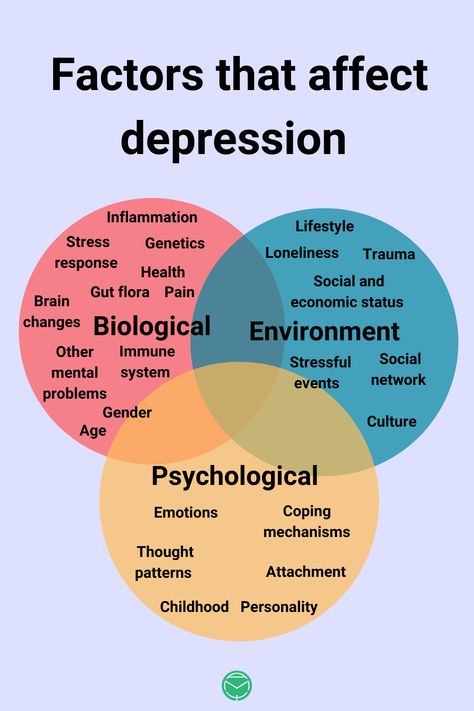
Going back and forth to lock her door 5 times every day before school is making Hallie anxious because she is late almost every day. This is an example of distressed abnormal behavior.
Fig. 1 - Abnormal behavior that causes distress
Dysfunctional Abnormal Behavior
Dysfunctional abnormal behavior refers to maladaptive behaviors a person may display.
Maladaptive behavior refers to behaviors that interfere with a person's ability to adapt to and function within society.
Hallie is sitting at the lunch table with all of her friends but she's having a hard time engaging in any conversations because she only went to lock her door 4 times today.
Causes of Abnormal Behavior
Abnormal behavior is not a new phenomenon. All through human history, we have tried to explain the causes of abnormal behavior. Ancient societies often believed that abnormal behavior was caused by some type of supernatural cause or evil spirit.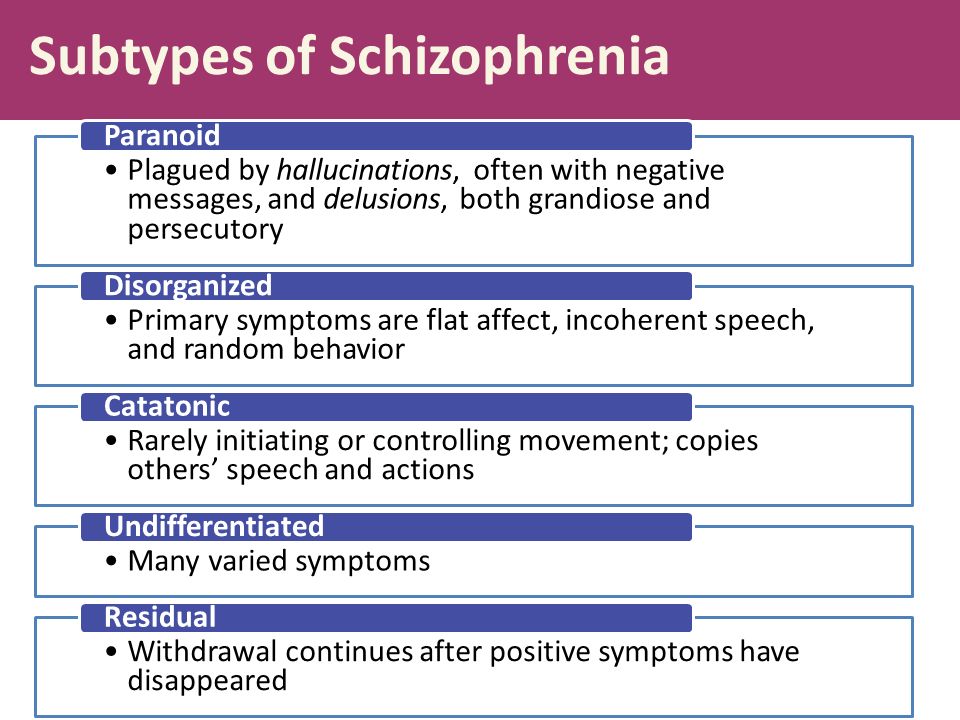 However, as Greek and Roman philosophers (500 BC to 500 AD) began to emerge, the tune changed to other causes. The Greek physician, Hippocrates, attributed abnormal behavior to disorders and imbalances in the brain or body. This new view set the foundation for how we view abnormal behavior today.
However, as Greek and Roman philosophers (500 BC to 500 AD) began to emerge, the tune changed to other causes. The Greek physician, Hippocrates, attributed abnormal behavior to disorders and imbalances in the brain or body. This new view set the foundation for how we view abnormal behavior today.
Then, as we move to the Middle Ages (500 AD - 1350), supernatural explanations for abnormal behavior became popular again. This led to extreme practices such as exorcisms and witch hunts. It also acted as a stepping stone to asylums which first made their appearance during the Renaissance Era (1400-1700).
Asylums: a type of hospital or institution that is aimed at housing and treating individuals with a psychological disorder such as severe cases of schizophrenia, bipolar disorder, or other serious conditions.
Fig. 2 - Inhumane asylums
Asylums often left people who displayed abnormal behavior vulnerable to unfair and inhumane treatment. But then came Philippe Pinel (1745-1826), a French physician who changed how abnormal behavior was viewed.
But then came Philippe Pinel (1745-1826), a French physician who changed how abnormal behavior was viewed.
Pinel advocated for more humane treatments of individuals who displayed abnormal behavior. He suggested that abnormal behavior is caused by a sickness of the mind as well as inhumane conditions and extreme stress. The result -- a shift to moral treatments that focused on boosting patients' spirits, gentleness, activity, and clean air and sunshine.
Today, the primary causes of abnormal behavior that psychologists focus on are based on the medical model and biopsychological model.
Medical Model
By the 1900s, medical breakthroughs of the time began to influence how abnormal behavior was viewed. Researchers found that a viral sexually transmitted disease called syphilis caused mental distortions by invading the brain. Just as Pinel predicted, a cause of abnormal behavior could in fact be a sickness in the mind.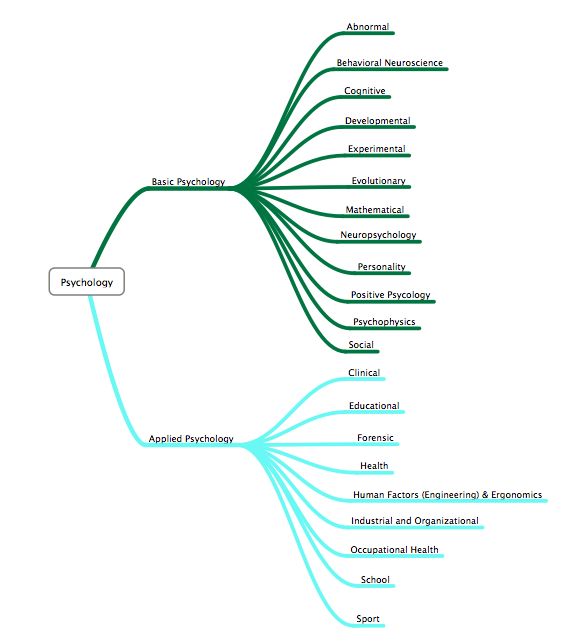 This led to researchers looking into other possible physical causes of abnormal behavior. As a result, the medical model took hold and hospitals started to replace asylums.
This led to researchers looking into other possible physical causes of abnormal behavior. As a result, the medical model took hold and hospitals started to replace asylums.
Medical model: the perspective that abnormal behavior has physical causes.
Since abnormal behavior has physical causes, the medical model suggests that it can also be treated and/or cured. We can see the influence of the medical model in our use of terms such as "mental health" or "mental illness." Research psychologists have found that other physical causes such as genes and biochemistry abnormalities can also be causes of abnormal behavior.
Biopsychosocial Approach
While physiological causes of abnormal behavior are common, it does not always tell the full story. Our behaviors, thoughts, and feelings are influenced by biological factors as well as psychological and social-cultural influences.
The biopsychosocial approach combines biological, psychological, and social-cultural perspectives to explain a person's behaviors, thoughts, and feelings.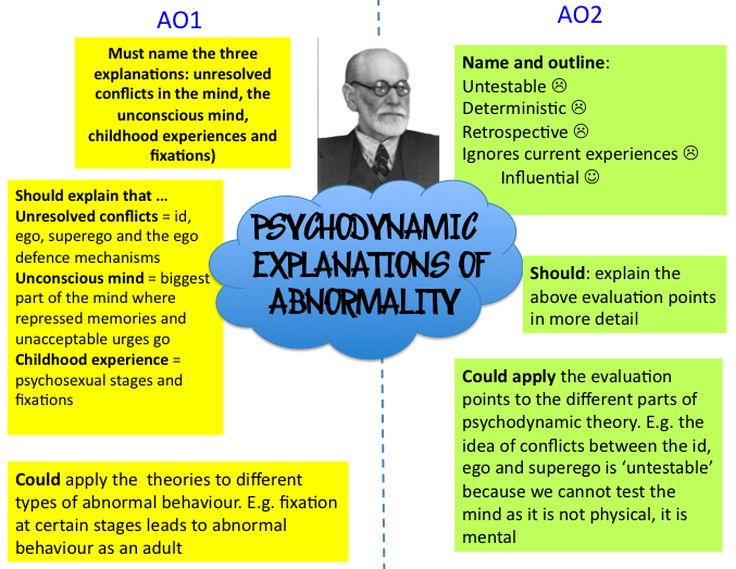
The biopsychological model for abnormal behavior works in a feedback loop. Biological influences of abnormal behavior can affect psychological influences. Psychological influences can affect social-cultural influences. Psychological and social-cultural influences can in turn affect biological influences through a concept called epigenetics.
Epigenetics examines how the environment can affect gene expression through molecular mechanisms.
Symptoms of Abnormal BehaviorThere can be various symptoms of abnormal behavior. These symptoms are commonly used to diagnose a psychological disorder using the Diagnostic and Statistical Manual for Mental Disorders, 5th edition (DSM-V).
It's important to note that, while useful, the DSM-V is often criticized for being too broad in determining what abnormal behavior classifies as a psychological disorder. Some worry that eventually, everyday behavior can be considered abnormal behavior and therefore signify a psychological disorder.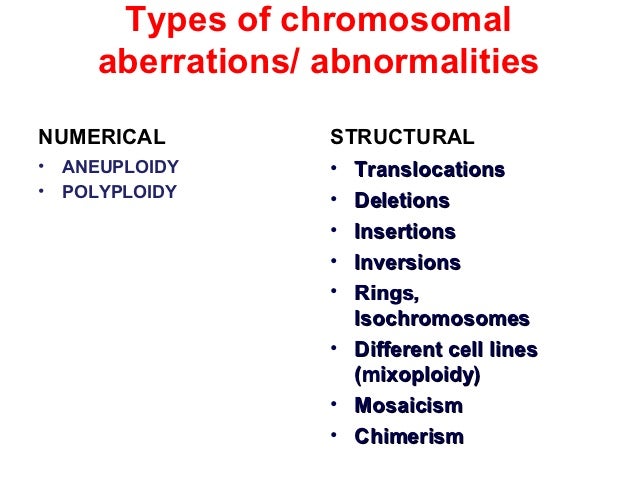
Common symptoms of abnormal behavior include the following:
Suicide ideation (thoughts of suicide)
Excessive use of drugs and alcohol
Physical symptoms without a medical cause
Changes in eating habits (i.e. loss of appetite or excessive hunger)
Avoidance of social activities
Insomnia (difficulty sleeping)
Constant worry or fear
Changes in sex drive
Inability to understand the perspective of others
Struggles to perceive reality (i.e. hallucinations or delusions)
Obsessive concern with our appearance or fear of gaining weight
Fig. 3 - Abnormal toddler behavior
Abnormal Behavior ToddlerPsychological disorders can begin to develop from a very young age. It's important to note that symptoms of abnormal behavior may look different in children.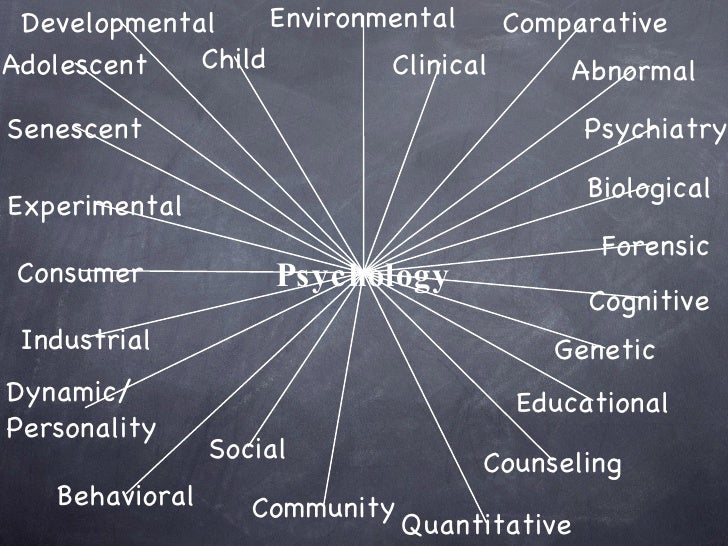 For example, abnormal behavior in toddlers may have the following symptoms:
For example, abnormal behavior in toddlers may have the following symptoms:
Overactivity
Frequent temper tantrums
Aggression
Frequent nightmares
Constant and excessive feelings of worry or anxiety
Poor impulse control
Frequent disobedience and lack of compliance
Lack of eye contact
Difficulty paying attention more than other children their age
Frequent arguments or disagreements around other children
Abnormal behavior in toddlers can be especially noticeable for children with a psychological disorder such as autism or Down syndrome.
Abnormal Behavior - Key takeaways
- According to the World Health Organization (2022), a psychological disorder is a "clinically significant disturbance in an individual's cognition, emotional regulation, or behavior."
- The types of abnormal behavior include deviant, distressed, and dysfunctional.
- Abnormal behavior is not a new phenomenon. All through human history, we have tried to explain the causes of abnormal behavior.
Common symptoms of abnormal behavior include suicide ideation (thoughts of suicide), excessive use of drugs and alcohol, physical symptoms without a medical cause, changes in eating habits (i.e. loss of appetite or excessive hunger), and insomnia (difficulty sleeping) to name a few.
Psychological disorders can begin to develop from a very young age. It's important to note that symptoms of abnormal behavior may look different in children.
Psychological disorders can begin to develop from a very young age. It's important to note that symptoms of abnormal behavior may look different in children
References
- Campbell, S. B., Shaw, D. S., & Gilliom, M. (2000). Early externalizing behavior problems: Toddlers and preschoolers at risk for later maladjustment. Development and psychopathology, 12(3), 467-488.
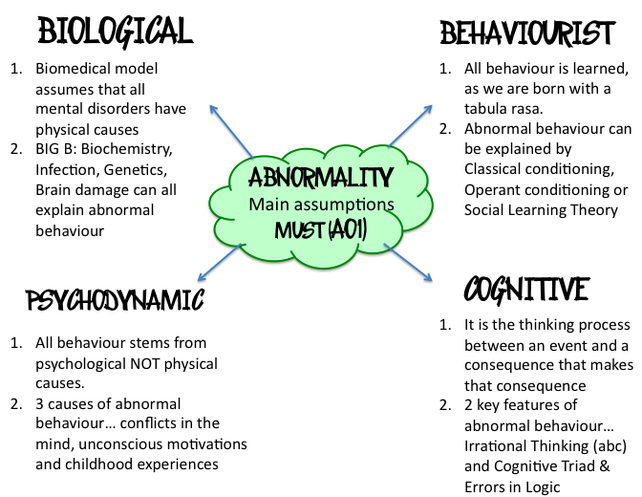
Anomalies of character
Psychopathy, it character anomalies in adults with 3 features.
1. Features, that leave an imprint on the person as a whole.
2. Features not subject to significant changes in life.
3. These anomalies prevent them from adapting to social environment.
Types of anomalies character /according to Gannushkin/.
1. Constitutionally Excited .
Man with constant upbeat, cheerful, witty, produces pleasant impression on others. But at prolonged contact becomes annoying. Strives for leadership / especially informal /. The case rarely brings to end.
Constantly depressed mood, feeling unwell. Human often considered slow-witted. Maybe ostentatious fun in public or antisocial behavior.
3.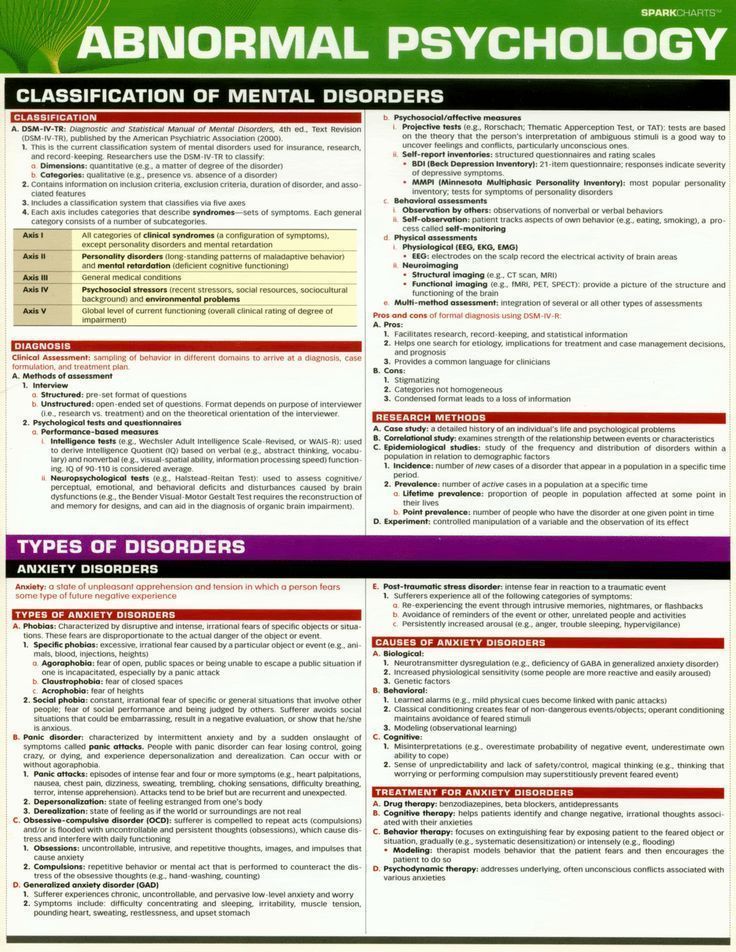 Labile.
Labile.
Frequent and abrupt mood swings, instability, sometimes depends on the vagaries of the weather. Are able to strong feelings. Very much respond to external events. nine0009
4. Neurasthenics .
Excitability, concern about your health. Increased attention to pain sensations. Give a response to any diagnosis. Not socially adjusted.
5. Psychosthenics.
excessive indecision, inability to accept decision, expectation of trouble in future, belief in superstitions and omens. Anxiety over trifles, tendency to introspection, reasoning in which trying to build a foundation for his behavior. nine0009
6. Paranoids.
Tendency to creating overvalued ideas. Supreme inadequate self-esteem. Highly distrustful, vindictive, vindictive, self-critical. Among them, most often fanatics meet.
7. Epileptoids.
Extreme irritability - / to rage /. Periodic affective
disorders. Moral defects. Can be defiant obedient, although essentially asocial, selfish, intolerant of the opinions of others. In business, they are stubborn, they like strong impressions. Companies strive for leadership, but obey the strong. jealous and demanding. Willingly train bodily skills, prefer not to be in a team. nine0009
8. Hysteroids.
Desire is constant to attract attention / antisocial actions, inventing diseases, failed suicides / - all always calculated on the external effect.
9. Unstable.
Absence deep interests, attachments. Very suggestible, focused on sample. Disorder. Easy to become drug addicts or alcoholics. In that state of being aggressive. indifference to work, the future, are weak-willed. They need patronize. nine0009
10.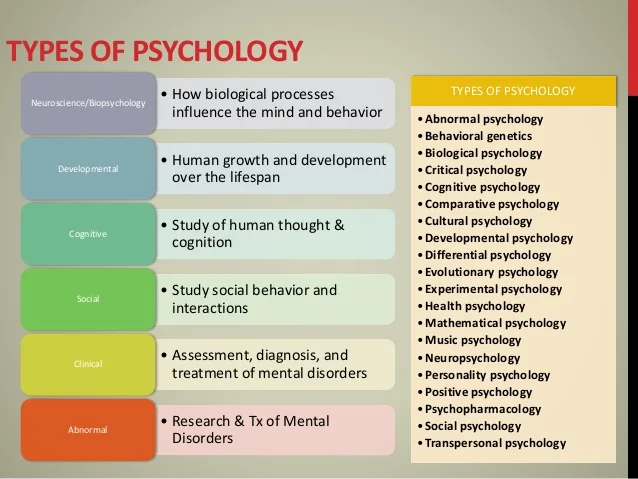 Constitutionally stupid.
Constitutionally stupid.
Pronounced mental deficiency. Complete dependence on someone else's opinion.
CONTROL QUESTIONS
-
What is a character?
-
What are the conditions development of character traits?
-
What is accentuation character?
-
List and describe the main anomalies character.
-
Why is it necessary know character types.
-
Why temperament is emotionally dynamic basis of character?
PRACTICAL JOBS
Task 1.
boss speaks out unsubstantiated claims about work of a subordinate, how will act subordinate according to different character types of the boss?
Task 2.
You need, for a friend to return a large amount to you, which he owes.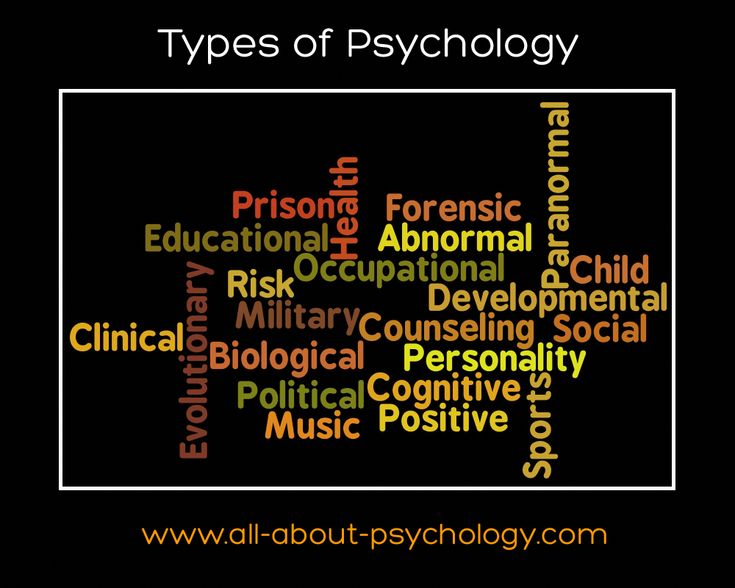 How do you do knowing the character of your friend?
How do you do knowing the character of your friend?
Task 3.
With the test from the attached collection, determine Do you have character accentuation? If there is, make a plan to fix it.
Sh. HOW TO WRITE A CONTROL WORK.
Psychology course and pedagogy is basic. Difficulty its study for students - correspondence students is that, in contrast to day students have to limit themselves to a few orientation and review lectures. Main work by students - students carried out independently. Given The methodological guide is designed to to help them do it. nine0009
Independent work of part-time students consists of two stages:
-
Familiarization with textbook psychology course additional literature.
-
Writing control work.
12. Memory anomalies. General psychology
12.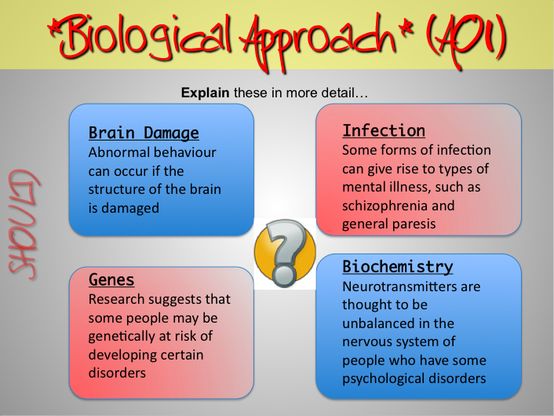 Memory anomalies
Memory anomalies
Memory anomalies most often consist in its weakening. The weakening of memory is called "hypomnesia". Hypomnesia can be temporary, arising in connection with fatigue, information overload, pain syndromes, a situation of severe emotional shock. When these factors are eliminated, memory returns to normal without psychotherapeutic intervention. It can also take more stable forms - with neurotic and some somatic disorders. In this case, memory function returns gradually after the treatment of such disorders. Here, as a rule, one cannot do without the help or at least the recommendations of a psychotherapist. In addition, it is necessary to use nootropic drugs - drugs that restore and maintain brain function. nine0009
Hypomnesia may occur in alcoholic psychosis. This is the well-known in psychiatry Korsakov's syndrome (discovered by the Russian psychiatrist S. S. Korsakov in 1897) - a violation of memory for immediate events while maintaining it for past events.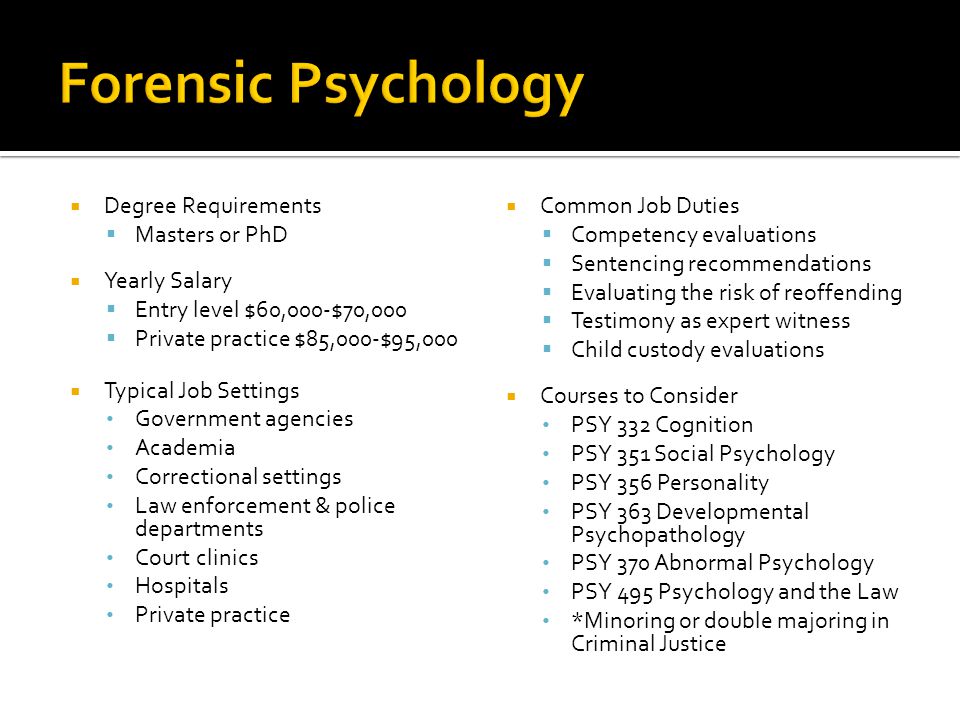 This syndrome is also observed in old people suffering from cerebral atherosclerosis: the events of the distant past, their youth, adulthood, such people remember perfectly, but they cannot remember what they did yesterday or an hour ago.
This syndrome is also observed in old people suffering from cerebral atherosclerosis: the events of the distant past, their youth, adulthood, such people remember perfectly, but they cannot remember what they did yesterday or an hour ago.
 Pathological hypermnesia is manifested in the fact that the memory retains a huge amount of unnecessary and unimportant details. Moreover, such a manifestation is involuntary and does not depend on the level of intelligence. Congenital hypermnesia is characterized by the conscious ability to retain in memory a much larger amount of information than is available to an ordinary person. People with phenomenal memory are called mnemonists. The well-known Russian psychologist A. R. Luria wrote about one of these people, who has unique abilities for memorization, in the book “A Little Book of Great Memory”. nine0009
Pathological hypermnesia is manifested in the fact that the memory retains a huge amount of unnecessary and unimportant details. Moreover, such a manifestation is involuntary and does not depend on the level of intelligence. Congenital hypermnesia is characterized by the conscious ability to retain in memory a much larger amount of information than is available to an ordinary person. People with phenomenal memory are called mnemonists. The well-known Russian psychologist A. R. Luria wrote about one of these people, who has unique abilities for memorization, in the book “A Little Book of Great Memory”. nine0009 This text is an introductory fragment.
8.8.1. Night anomalies
8.8.1. Night anomalies It is known that out of twenty-four hours a person usually sleeps eight.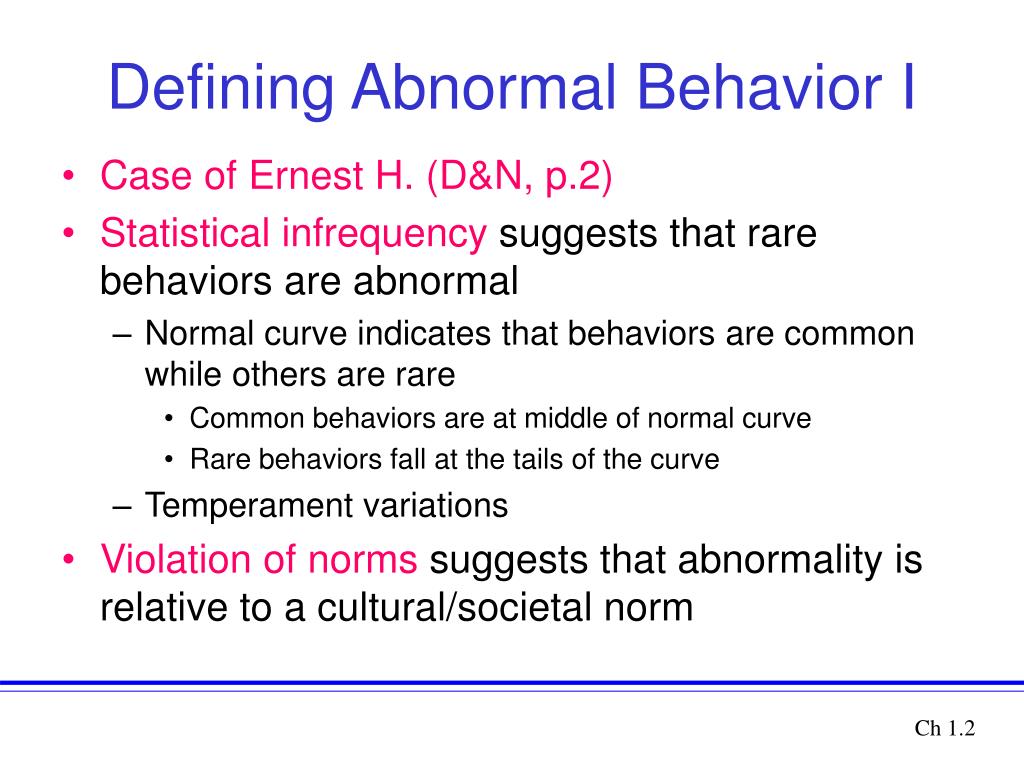 There are also numerous problems associated with sleep. The dream is a mirror reflecting tragedy, melancholy, depression, exaltation, fantasies of orgies, atrocities,
There are also numerous problems associated with sleep. The dream is a mirror reflecting tragedy, melancholy, depression, exaltation, fantasies of orgies, atrocities,
39. GENERAL CHARACTERISTICS OF MEMORY PROCESSES. PHYSIOLOGICAL THEORIES OF MEMORY
39. GENERAL CHARACTERISTICS OF MEMORY PROCESSES. PHYSIOLOGICAL THEORIES OF MEMORY The basis for the allocation of different types of memory are its various functions, or processes performed by it. Memory processes include memorization (reinforcement), preservation, reproduction
43. MAIN PROCESSES AND MECHANISMS OF MEMORY. MEMORY CAPACITY, REPRODUCTION ACCURACY, DURATION
43. MAIN PROCESSES AND MECHANISMS OF MEMORY. MEMORY CAPACITY, REPRODUCTION ACCURACY, DURATION Memory is a complex mental process consisting of several private processes related to each other: imprinting, storing and reproducing information, as well as
Anomalies of our economic intuition
Anomalies of our economic intuition It is clear that people do not buy, sell, and invest in the same way that computers do, but in a way that is highly imperfect.